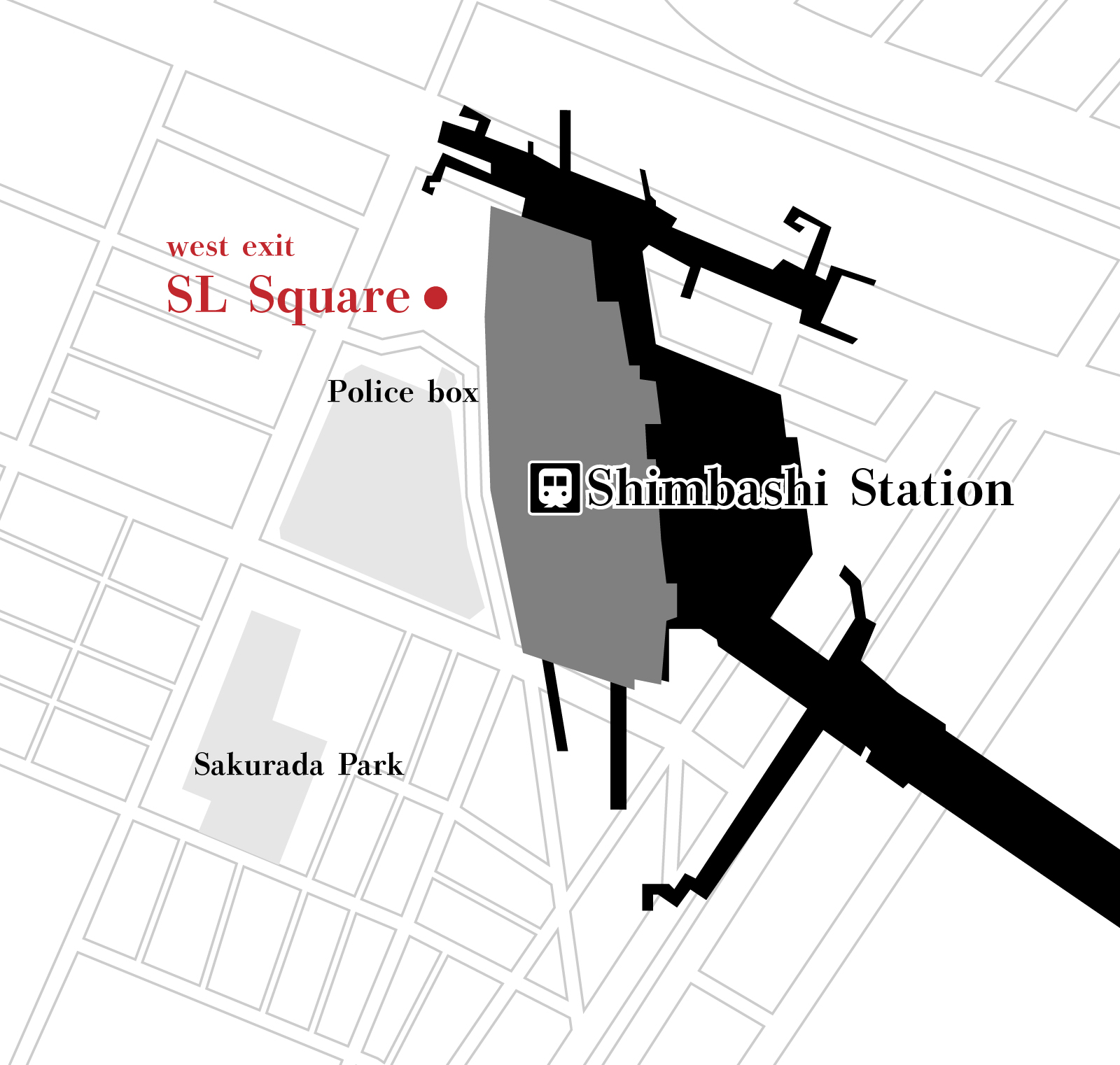William Klein Exhibition: GINZA 1961—Starring: The City + Walking AR Experience: Dance Happening—Today
BUTOH Sunakku—TRU Exhibition (70min)
This series of talks invites experts and artists to hold in-depth discussions in Japanese about each of the “TRU Exhibition” works. Tune in to find out how these exhibitions came about, what the highlights are, and get some extra pointers on how to get the most out of these pieces. During these talks, a Butoh dancer from Japan will be invited to perform a “Butoh installation”, with the aim of creating a new style of event where talks are conducted in a Butoh-inspired atmosphere.
In 1961, William Klein came to Japan and took many photographs of the different aspects of an energetic Tokyo in the height of its economic boom. The resulting photographs were published in his famed photo book TOKYO. On the final day of his stay in Tokyo, Klein photographed a performance by Tatsumi Hijikata, Kazuo Ohno and Yoshito Ohno on the streets of Shimbashi and Ginza, capturing the dawn of Butoh in spectacular images that have become a valuable resource to those of us at Dance Archive Network.
As part of the TRU Exhibition program, with the help of William Klein’s office FILMS PARIS NEW YORK, we have made a complete collection of over 350 photographs available to the public. The 1961 street performance that Klein refers to as Dance Happening can be viewed as a “walking AR experience”, where viewers can overlap the past with the present day streets in the exact spots the photographs were taken.
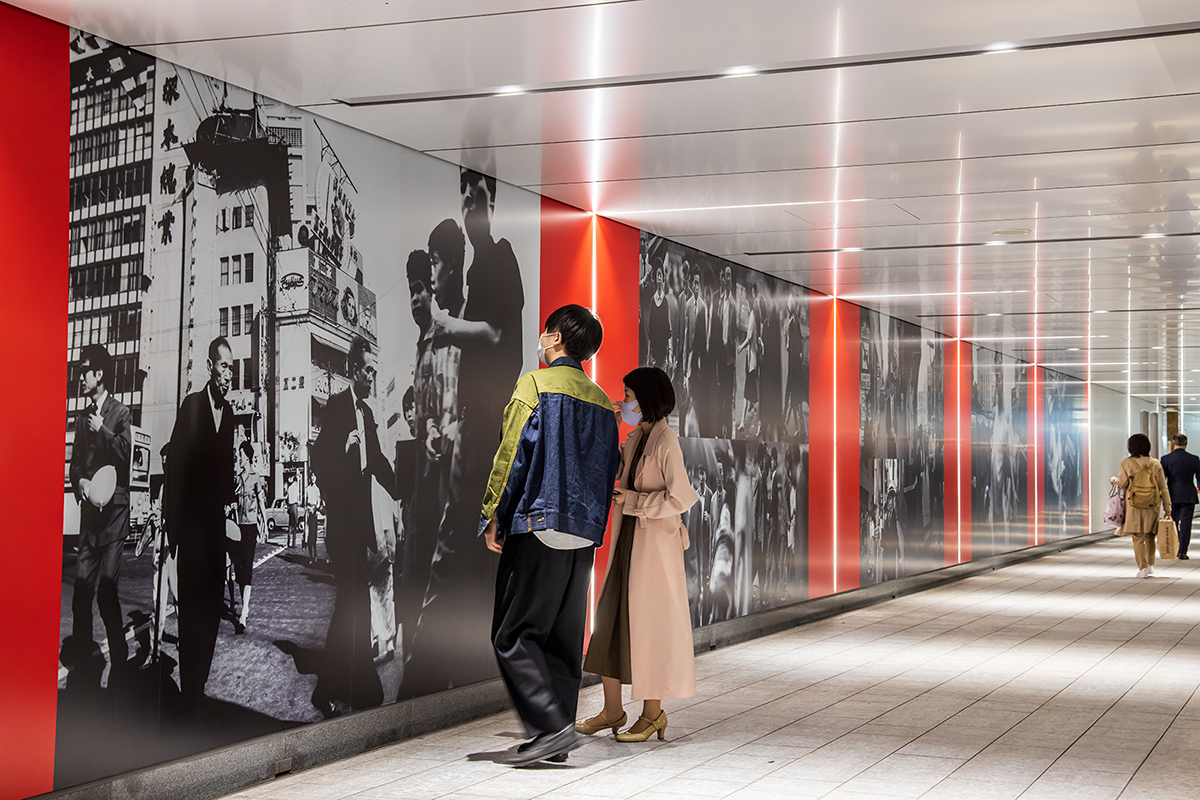
photo by Tatsuhiko Nakagawa
Additionally, in an underpass leading to the ticket gates of Ginza Station—the place where the 1961 photo shoot ended—10 photographs taken in Ginza and Shimbashi are displayed along the wall in the GINZA 1961—Starring: The City exhibition.
This year marks the 60th anniversary since William Klein first came to Japan. Klein celebrated his 93rd birthday on 19 April, and we hear that he is doing well in Paris. At this precious milestone, director Naoto Iina, art critic Yuri Mitsuda and Toshio Mizohata, who has been liaising with Klein since 2005, gather to discuss the Dance Happening photography series.
As part of the talk, legendary Butoh dancer Bishop Yamada will be performing a “Butoh Exhibition Dance”.

Guest Speakers
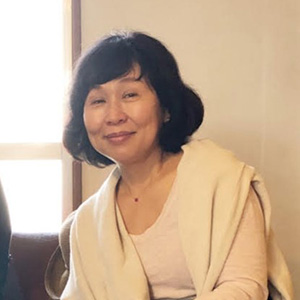
Yuri Mitsuda
Professor at the Tama Art University Archive Center and curator at the Toyama Prefectural Museum of Art and Design, specialising in 20th century art and photography history. Author of the books Words and Things: Jiro Takamatsu’s issue (Suiseisha, 2011) and Shashin ‘geijutsu’ to no kaimenni (Photography at the interface with “art”) (Seikyusha, 2006). Co-author of For a New World to Come: Experiments in Japanese Art and Photography (Yale University press, 2015) and Provoke: Between Protest and Performance (Steidl, 2016) among others. Exhibitions include Hi-Red Center: The Documents of “Direct Action” (2013-14), Mirror Behind Hole: Photography into Sculpture (2017) and Painting into Sculpture―Embodiment in Form (2019).
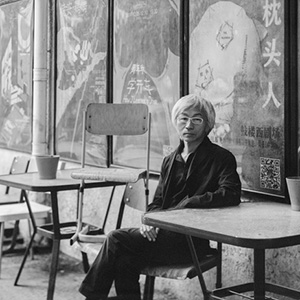 Photo by Zheng Yuanbo
Photo by Zheng Yuanbo
Toshio Mizohata
Joined the Kazuo Ohno Dance Studio in 1983, and became involved as a lighting technician for Kazuo and Yoshito Ohno’s performances both in Japan and abroad. He has produced events organised by the Kazuo Ohno Dance Studio, including Hyakkaryouran (2007) and Antony and the Ohnos (2010). Since 1990, he has been maintaining the Kazuo Ohno archives, and published many books, videos etc. including Kazuo Ohno’s Workshop Words. In 2004 he joined BankART 1929, and organised the Kazuo Ohno Festival. He established the non-profit organisation Dance Archive Network in 2016, which organises “Dance Archive Project” events, of performances inspired by archive materials.
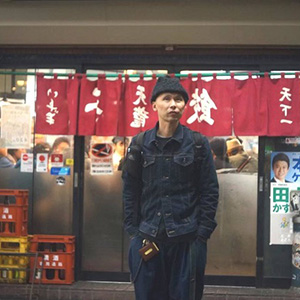
naoto iina
Videographer, director, dramaturg, visual scenographer and producer. Iina is the founder of Dance and Media Japan and International Dance Film Festival. He is also an Associate professor at Tokyo Zokei University and lecturer at Za Koenji Theatre Academy. Recently he has been working on cross-genre works with video, dance and text. He is in charge of direction, composition, filming and editing of the online Butoh program "Re-Butoooh" (NPO Dance Archive Network).
BUTOH Exhibition Dancer
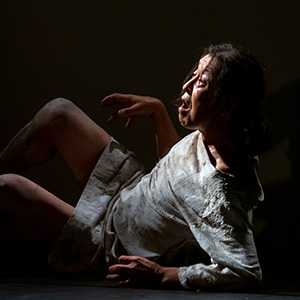
Bishop Yamada
Born in Tokyo, 1948. Began dancing in Tatsumi Hijikata’s performances in 1968. Formed the Butoh group Dairakudakan with Akaji Maro and others. In 1974 he left Dairakudakan, and put on the first and highly appraised Hoppo Butoh-ha performance Shiokubi at Butoh Juku Grand Camerio in Tsuruoka, Yamagata. In 1976 he moved to Otaru in Hokkaido and opened Theatre Uminekoya. In 1998 he choreographed Dark Wings for the Kyiv National Ballet dancers at the National Opera of Ukraine in Kiev, and then remade this performance in the same year at the Tokyo Metropolitan Theatre which was performed under the name The Door of Night for Odette. He established socomi in Kamifukuzawa, Yamanashi in 2017.
William Klein Exhibition: GINZA 1961—Starring: The City
1 April–13 July 2021
Ginza Underpass (underground passage between Ginza and Higashi-Ginza stations)
Google maps
Artist
William Klein
Born and raised in New York, William Klein studied Fine Art under Fernand Léger in Paris. He began actively experimenting with photographic techniques in 1952, and his first photo book of his hometown New York was published in 1956. He is now known for his photographs of the world's largest cities. Breaking with convention of the time, he made use of wide-angle lenses, focussed on texture, intense contrast and unorthodox composition, and has made a great impact on subsequent generations of photographers.Credits
Exhibition Design
Ryo Kusanagi (nagidesign inc.)
Exhibition Production
FROM TO Inc.
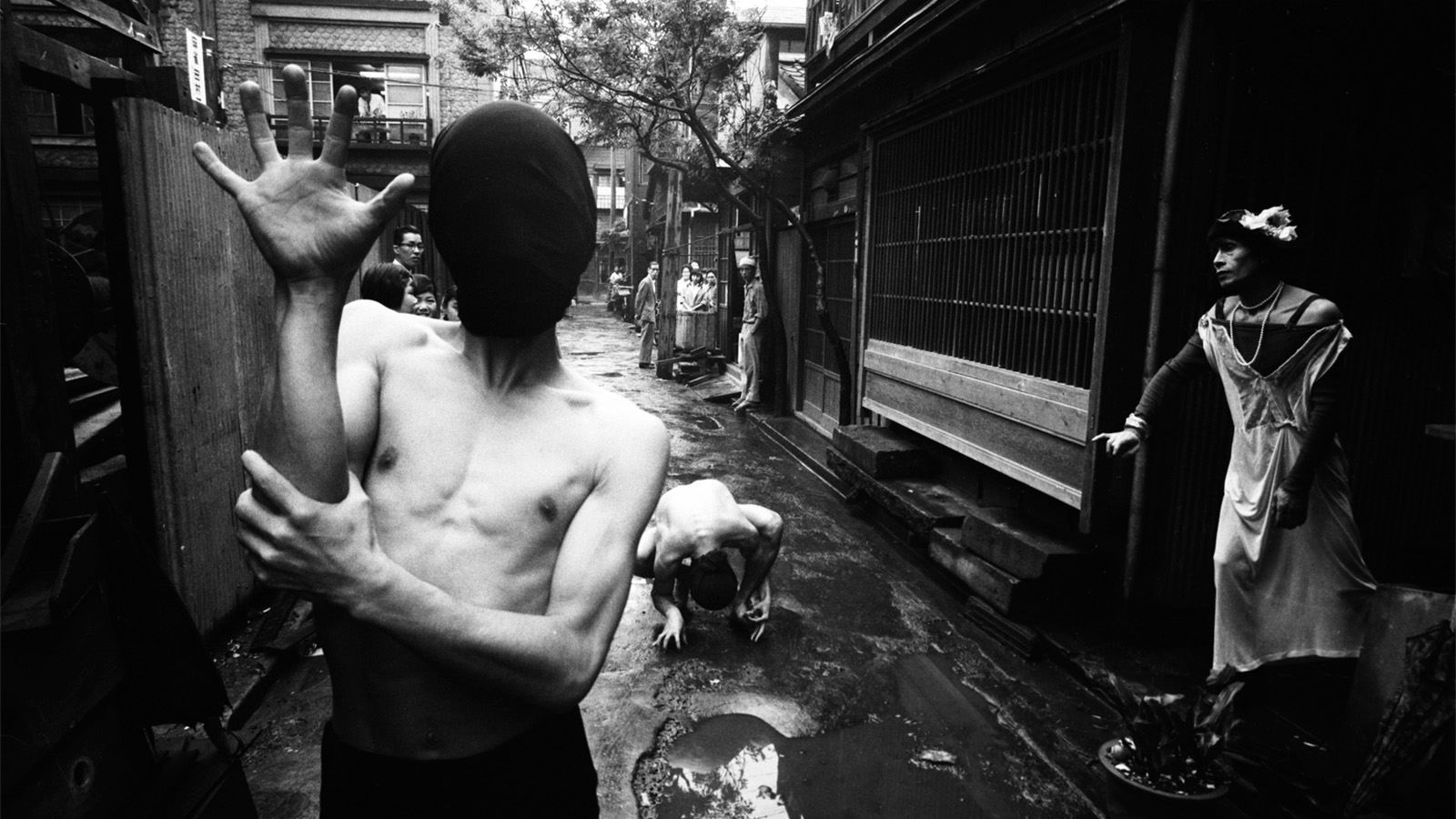
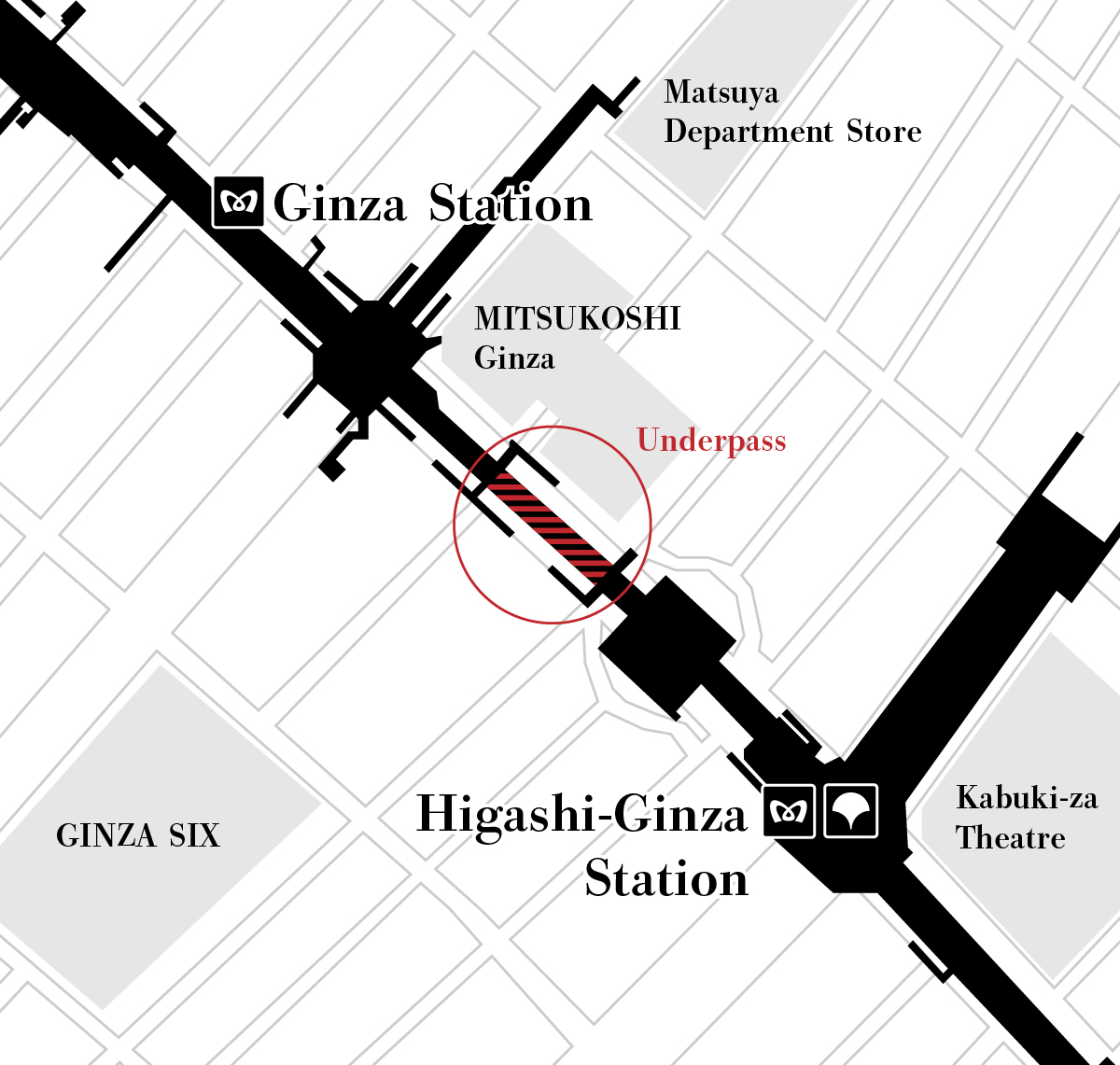
Walking AR Experience: Dance Happening—Today
1 April–15 August 2021
On the streets of Ginza & Shimbashi, or online
*This exhibition is also available to view online, for those who can’t make it in person.
Start AR
Follow the footsteps of William Klein’s 1961 photoshoot of the soon-to-be founders of Butoh—Tatsumi Hijikata, Kazuo Ohno and Yoshito Ohno—taken on the streets of Ginza and Shimbashi one rainy afternoon. See into the past using nothing but a smartphone to view some 350 photographs in the very spots they were originally taken. Find a new perspective on this metropolis by layering the landscape of 1961 over 2021, and turn the city into an exhibition with AR (augmented reality).
*This exhibition is also available to view online, for those who can’t make it in person.
Photo Spots
There are seven Photo Spots in the Ginza and Shimbashi area from which you can view the photographs. Each spot is numbered between 1~7 according to the order in which the photoshoot happened.・Shimbashi: 3 spots around the Nishi-Shimbashi 2-chome intersection
・Ginza: 4 spots around the Ginza 4-chome intersection
How to use AR
350 photographs taken 60 years ago can be viewed through your smartphone or tablet in the exact locations they were originally taken in. Have fun layering images of the past over the present.In person
When you are near the Photo Spots mentioned above, click the “Start AR” button. (You will need to give your browser permission to access your GPS and camera.)↓
The Photo Spots will appear on a map as pins. Your current location is indicated by the blue flashing circle.
Walk to one of the Photo Spots and tap the pin. This will bring up the photographs that were taken in that area.
↓
Using the pins on the map as a guide, you can walk the route of the photoshoot.
The pins are numbered in the order the original photoshoot was taken, but you can start from any point you like.
Online
Press the “Start AR” button. (You will need to give your browser permission to access your GPS and camera.)↓
The Photo Spots will appear on a map as pins.
If you click one of the Photos Spots, the photographs taken in that area will appear.
↓
Enjoy the landscape of Ginza and Shimbashi from 60 years ago.
Cautions
- When starting your AR Experience, please check the weather and local information.
- Please be sure to check your surroundings and stand still before using your smartphone or tablet. In areas where there are many people, please look out for and be considerate of others.
- Please keep your head up and check for people and objects while walking, and observe public safety rules such as traffic lights. Do not use your smartphone or tablet while walking, driving, or riding a bicycle as it is extremely unsafe. Focussing on the screen without paying attention to your surroundings may lead to unexpected injuries or accidents.
- We cannot take responsibility for any problems or accidents that occur while using the AR Experience. Please take care.
Director: naoto iina
HAUS
Hirozumi Takeda, Yosuke Hayashi, Takanobu InafukuA team with a wide range of skills, ranging from system development to design. Recent major projects include engineering for Dessin Ah! at the Design Ah! exhibition, specialised web design and development for chelfitsch & Teppei Kaneuji’s Eraser Mountain, and planning and implemention of a live coding language for sound performance P-Code.
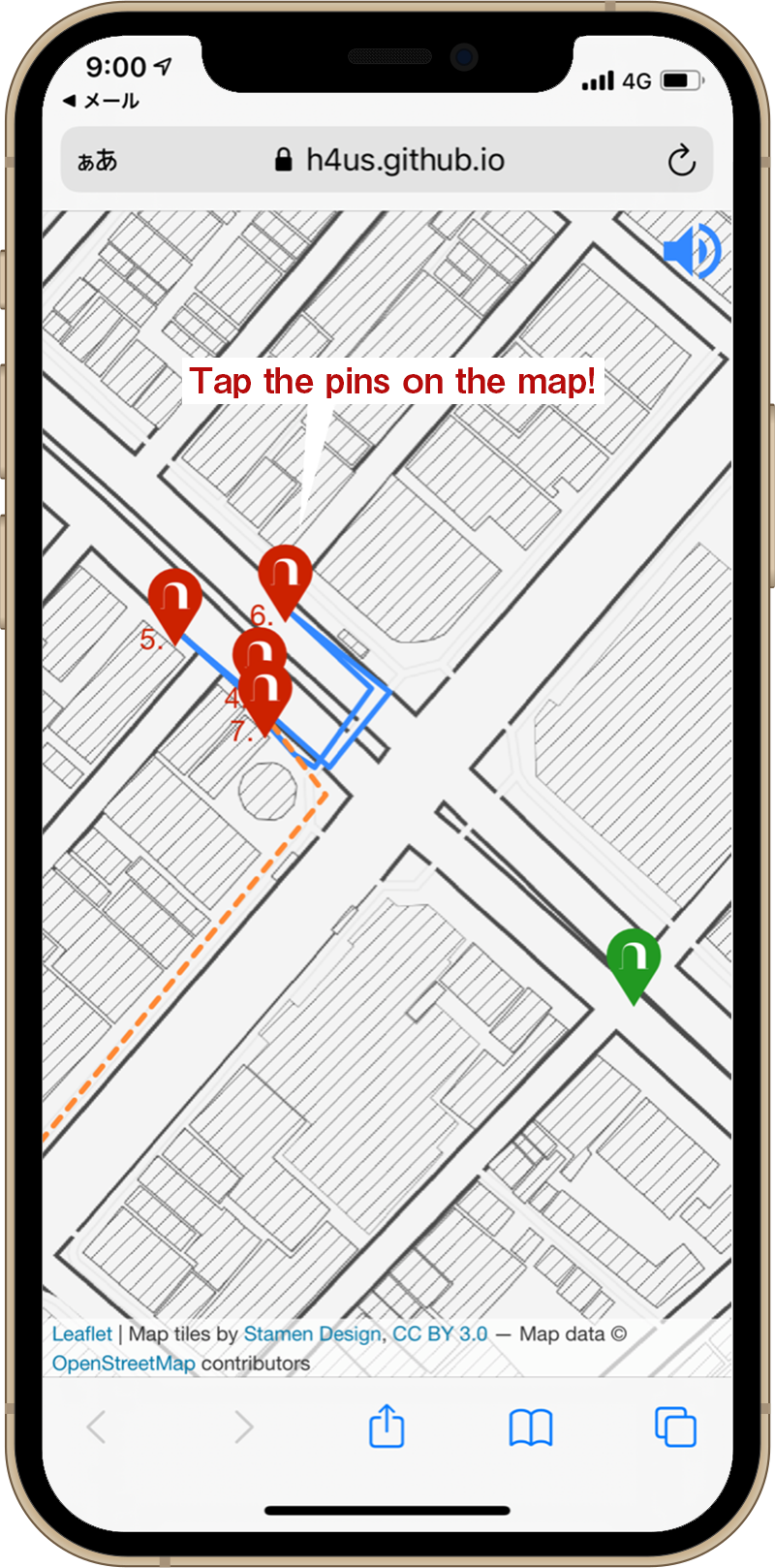
Your location is determined by your GPS (within the range of the map). Tap the pin on the map as you get close to the Photo Spot to see the photographs taken in that spot.
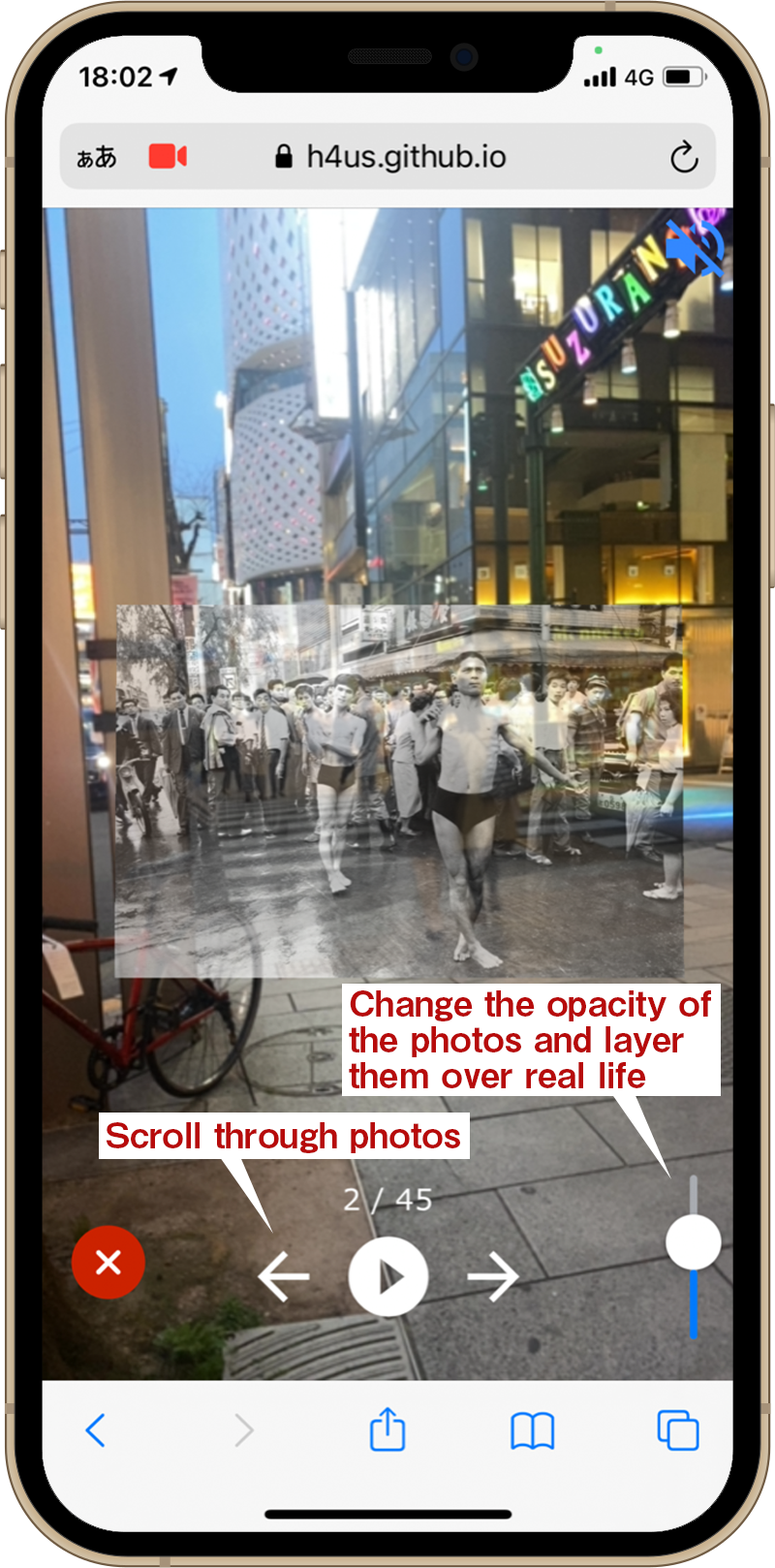
Enjoy more than 350 photographs taken 60 years ago around Ginza and Shimbashi in the actual spots they were taken, and overlap them with real life. The opacity, size and rotation of the photographs can be changed with finger gestures. Press play at the bottom of the screen to start a slideshow.
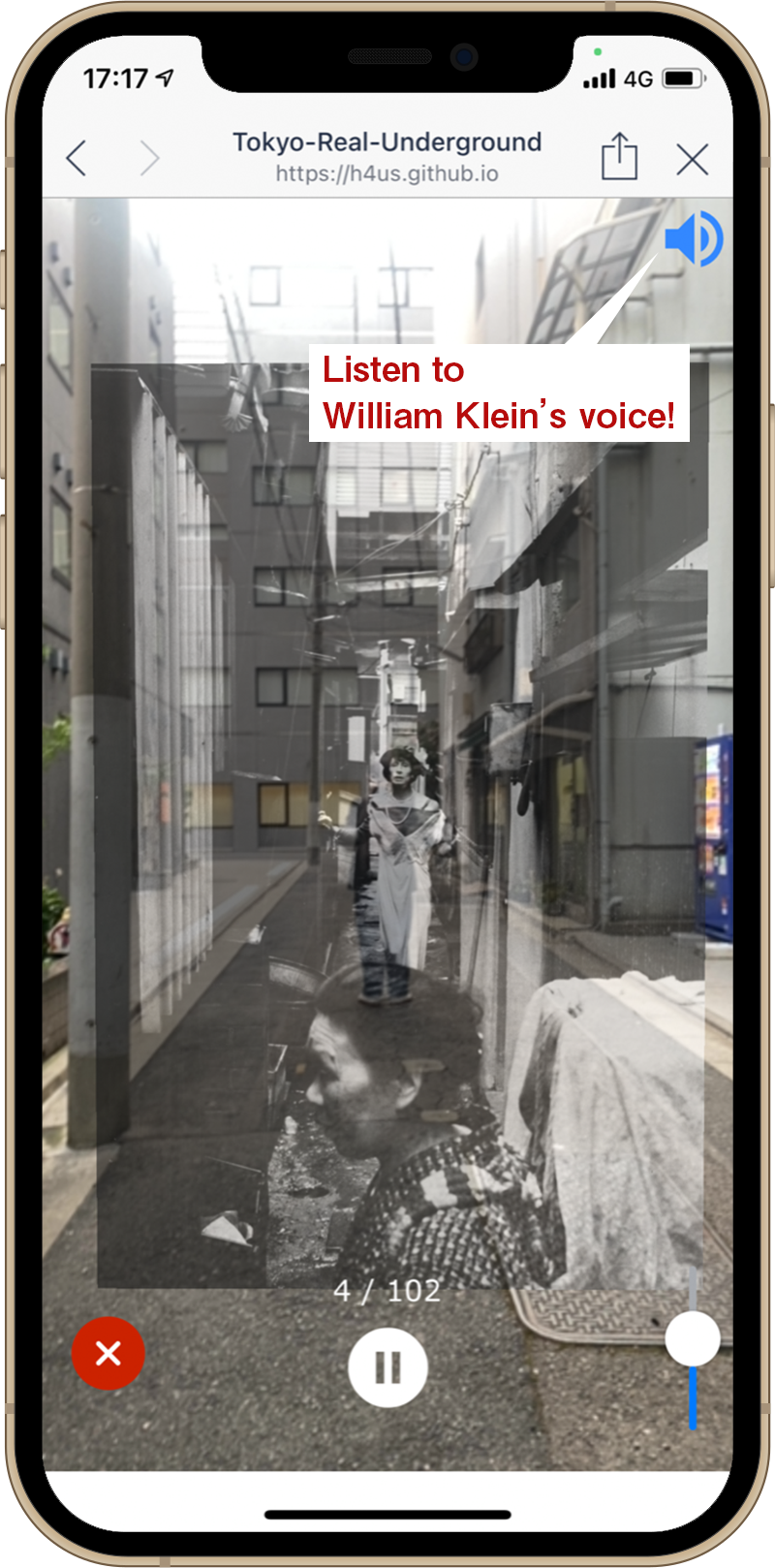
Listen to William Klein speaking in an interview (in English). Click the speaker button in the top right hand corner to turn this feature on/off.
William Klein Day
Wakayama Art Museum Exhibition「William Klein Day」
27 June 2021, 11am–5pm
Wakayama Art Museum (4F, 2 Chome-11-19 Ginza, Chuo City, Tokyo 104-0061)
Free entry (reservation required)
Please fill out a reservation form via the link below.
* Reservations for this event are now closed.
Exhibition Displays
William Klein, Crab Dancer, 1961 (original print)
Published in TOKYO, this photograph is also currently on display in the Ginza Underpass. It is one of the iconic shots of Tatsumi Hijikata, Kazuo Ohno and Yoshito Ohno performing in one of the back streets of Shimbashi. This original print was gifted to the Ohno family by William Klein last year when Yoshito Ohno passed away, and will be on display in public for the first time at this exhibition.Eikoh Hosoe, Divinariane II, 1960 (original print)
Published in The Butterfly Dream. A still of Kazuo Ohno dancing in streets of Aburamen in Meguro, Tokyo, in 1960. This print was also exhibited at the Hidden Body exhibition in 2006 at the Konica-Minolta Photo Gallery in commemoration of Kazuo Ohno’s 100th birthday.This exhibition will also provide an opportunity to see some other original prints held by the Kazuo Ohno Archive. These include photographs of Kazuo Ohno by Nobuyoshi Araki and Miyako Ishiuchi, and photographs of Yoshito Ohno by Tim Walker. A unique opportunity to see some incredibly powerful photographs.
We will be implementing measures to prevent the spread of infectious diseases during this exhibition, and ask our visitors to please comply with them
Photographs with thanks to the Kazuo Ohno Dance Studio
Venue with thanks to Wakayama Art Museum
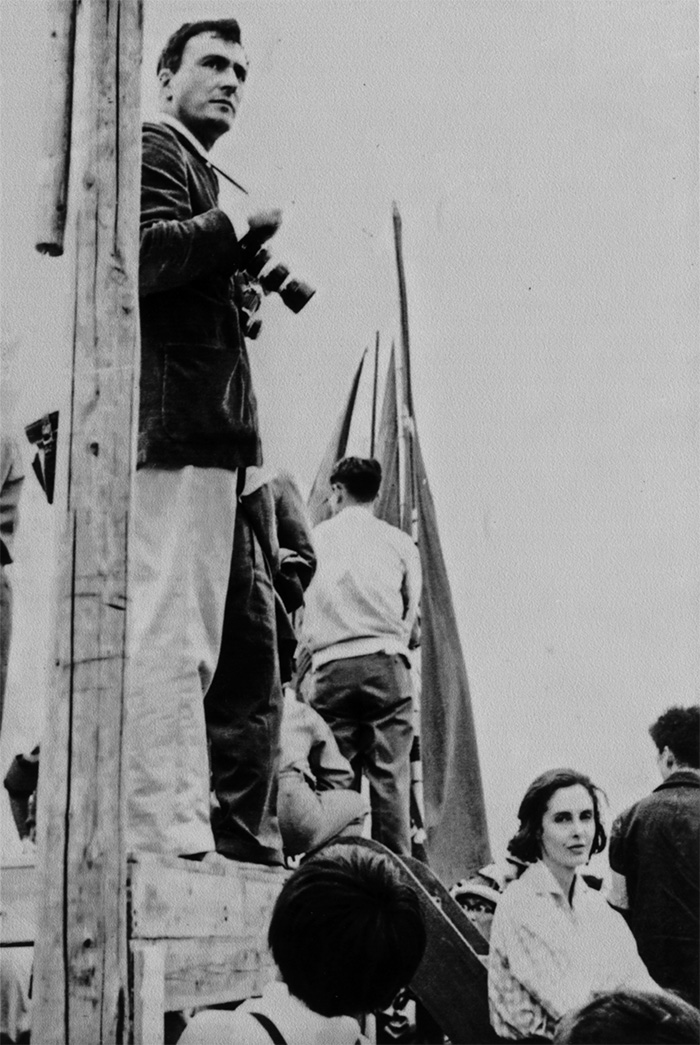
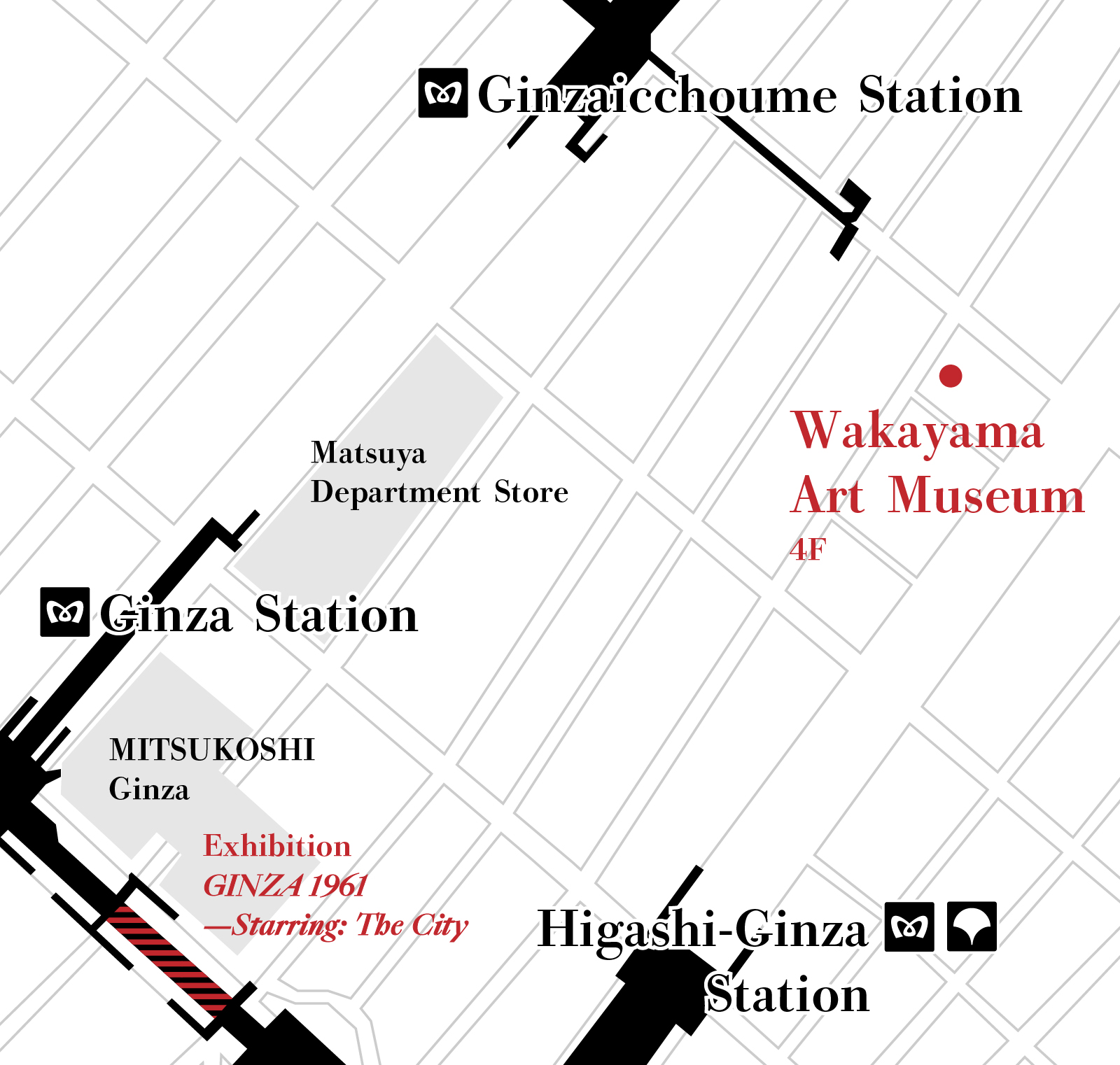
AR Guided Tour
27 June 2021, between 2pm–5pm
Around Ginza and Shimbashi
Free (reservation required)
Please fill out a reservation form via the link below.
Guide: Takashi Morishita (Tatsumi Hijikata Archive)
* Reservations for this event are now closed.
Ginza Tour (10 people capacity) 30min
14:00 Meet by the exhibition in the Ginza Underpass between Ginza and Higashi-Ginza Station. The tour will take place around the 4-chome intersection.
Shimbashi Tour (10 people capacity) 45min
16:00 Meet by the train in “SL Square” (west exit Shimbashi Station). The tour will take place around the Nishi-Shimbashi area.
In the Walking AR Experience: Dance Happening—Today exhibition, you can see photographs taken in 1961 and overlap them with the present-day. Mr. Takashi Morishita from the Tatsumi Hijikata Archive will be leading two guided tours (one around Ginza, one around Shimbashi) of this exhibition, following the actual footsteps of William Klein and the Butoh dancers who performed here 60 years ago.
Ginza Tour
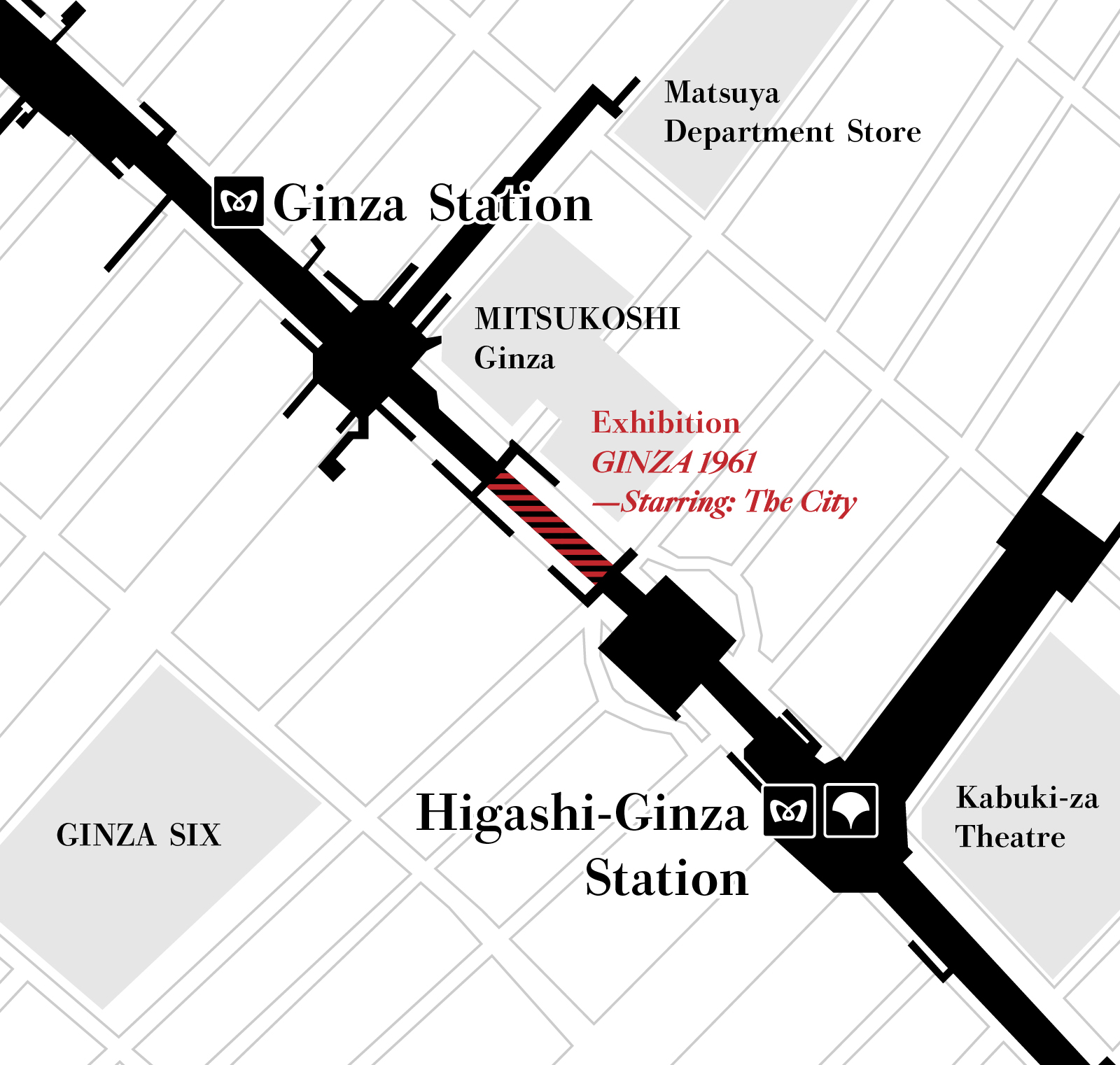
Shimbashi Tour
